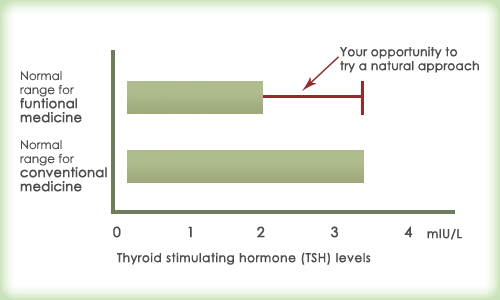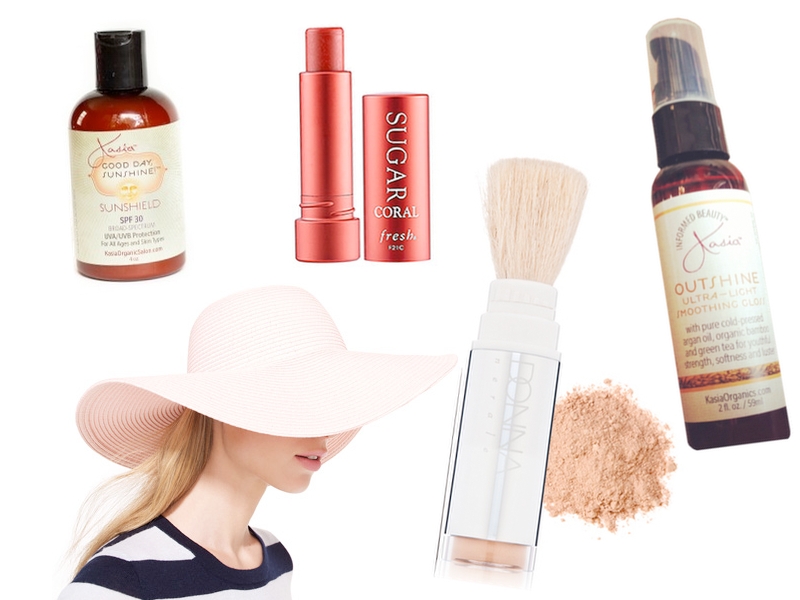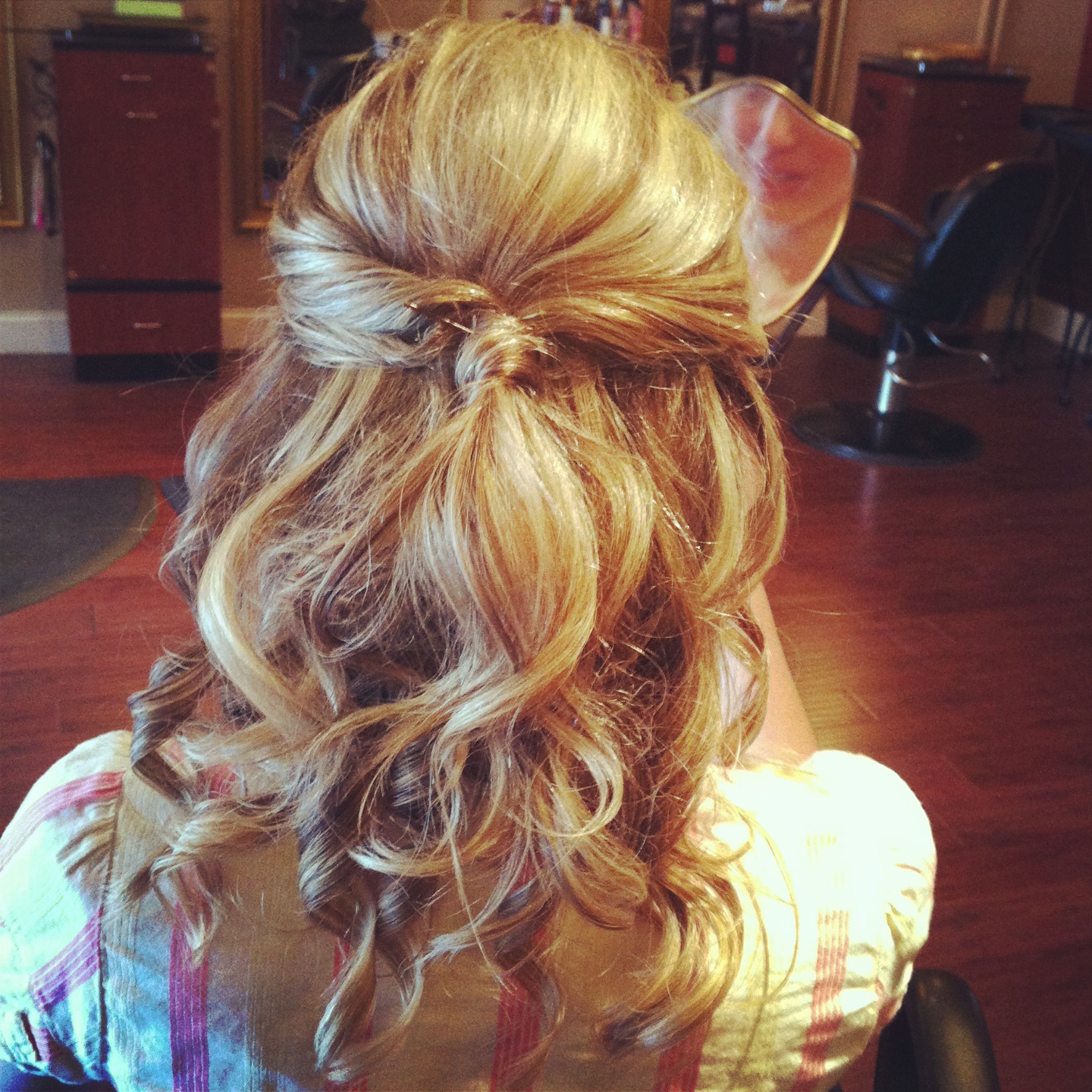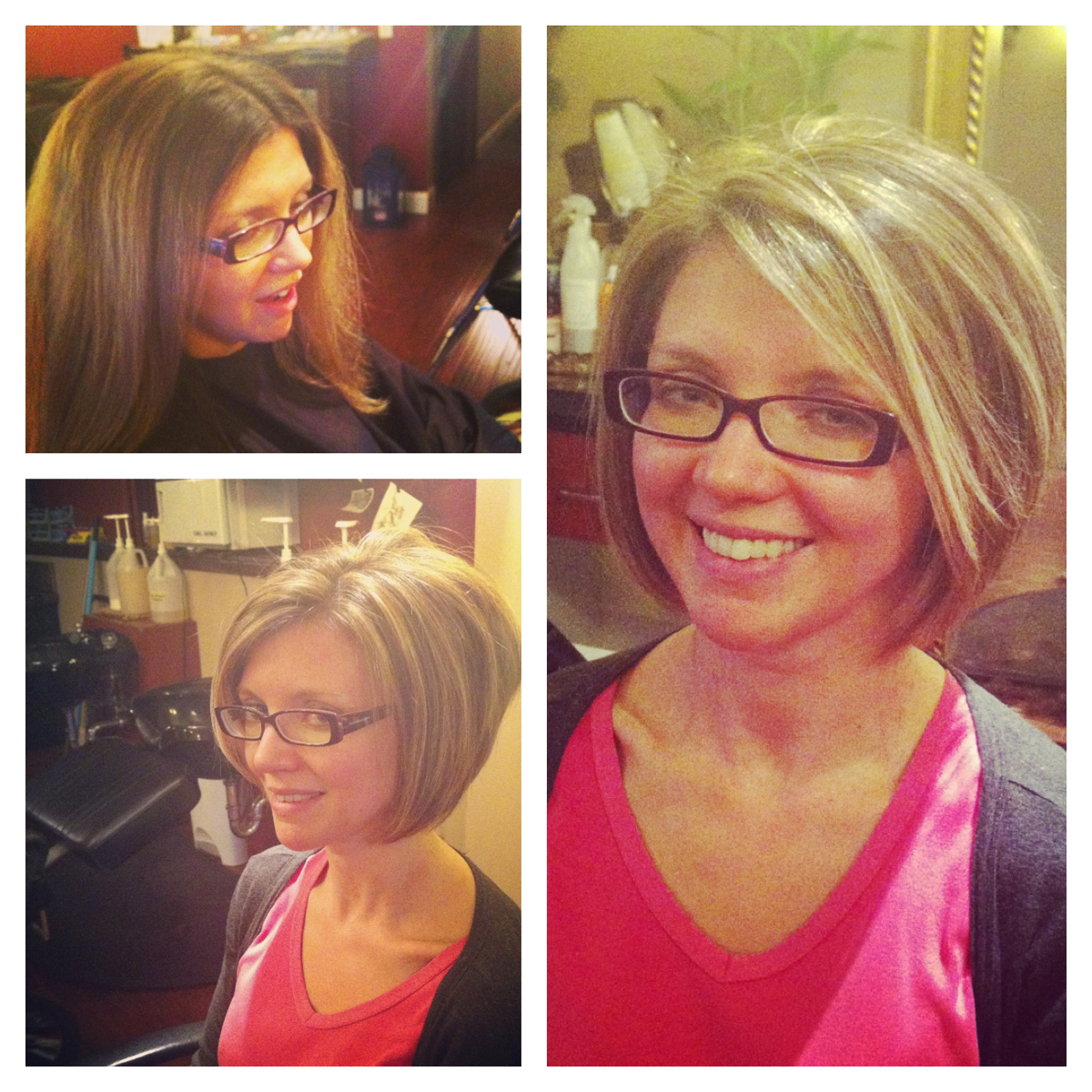Our everyday beauty routines are governed by beliefs and 'some' myths we’ve heard throughout our lives. Phillip K busts through some of the common beauty myths.

Grey Hair
Hair gets finer as we age. So unless you turn grey very young, grey hair is usually not coarser
IF YOU PULL 1 GREY HAIR OUT, 2 WILL GROW BACK
When you notice a grey hair, you don’t like it and you pull it out. This action can rupture the hair follicle and the replacement hair that will eventually grow takes longer to regenerate, by which time another, mostly grey, hair is beginning to grow next to it. Then when the hair that was originally pulled out does regrow, you have two grey hairs.
GREY HAIR IS COARSER THAN OTHER HAIR
Grey hair may be drier because hair goes grey at an age when the oil flow begins to be reduced. But it is generally not coarser.
HAIR CAN TURN WHITE OVERNIGHT
Scientifically, it is an impossibility. The myth may have started with alopecia areata, whereby clumps of hair fall out and are replaced with white hairs, but this can’t occur overnight. It is one of those statements used to convey the degree of stress somebody has undergone. Stress can affect the hair colour gradually as the hair is growing, but certainly not overnight.
Hair Loss
Hair loss is usually genetic or due to a nutritional deficiency or metabolic imbalance. It's not caused by wearing hats or shampooing
WEARING A HAT LEADS TO HAIR LOSS
No. If you wore a tourniquet twisted tightly round your head for hours on end, you would collapse before your hair fell out! This theory started because many men returning from wars had experienced some baldness and proceeded to blame it on the compulsory wearing of hats. Men go to war at an age where they are more prone to hair loss; it's just a coincidence that they wear hats. It is also possible that the stress of war can accelerate any tendency towards hair loss.
BALDNESS IS INHERITED FROM THE MOTHER'S FAMILY
It can be, but it can also be inherited from the father's side, or there may be no history of baldness on either side of the family and you are simply unlucky to have thinning hair. Somewhere in your genetic pool your genes help to control what your hair does. It takes two, a male and a female, to make a baby, and the genes of either sex can affect the onset of baldness. It is really just a matter of luck.
WHEN A HAIR COMES OUT WITH A WHITE BULB, THE ROOT IS DEAD
You may notice than some of your fallen hairs have a small white lump at the root and therefore you think that the root of the hair has also been removed. This white bead is simply part of the hair follicle lining which is similar to skin and, like your skin, is continuously being replaced.
Dandruff
Dandruff is the most common scalp condition we see - partly because there are so many myths concerning it's causes and how to clear it
DANDRUFF RESULTS FROM A DRY SCALP
No. Dandruff is more likely to be oily than dry, so don't rub in oil to remove it, you'll only get oilier flakes.
YOU CAN CURE DANDRUFF
If you are prone to dandruff (and over 70% of the population is) you can only control it. Modern shampoo's, scalp masks and toners are made for this, and do so very effectively. If anti-dandruff shampoo's don't help, visit your doctor, you may have psoriasis or eczema.
Shampooing
There are many misconceptions about shampooing, but here are the most common ones we come across.
A COLD RINSE MAKES HAIR SHINIER
Cold rinses may be invigorating but they don’t exactly close the pores, they actually constrict the blood capillaries. These tiny blood vessels carry nutrients and pick up waste products from the skin’s surface need to be active for optimum effect; suddenly constricting them does no good at all to your hair. A cold shower doesn’t make your skin shinier!
IF YOU DON'T WASH YOUR HAIR IT CLEANSES ITSELF
Not washing your hair will not enable your scalp to cleanse itself, it will just become more dirty! You would not stop washing any other part of your body, so why your scalp?
HAIR GETS USED TO THE SAME SHAMPOO
No. The same shampoo, used on the same hair under the same circumstances, always gives the same result. Shampoo buyers are noted for their disloyalty, and manufacturers frequently take advantage of consumer dissatisfaction with other competitors. Very few people are truly happy with their hair’s performance so they try to improve it by switching products.
FREQUENT SHAMPOOING DRIES YOUR HAIR
Quite the contrary; shampooing, if done correctly and with the right products, actually remoisturizes. It is often thought that frequent shampooing ‘dries out the natural oils’. Oil flow does not control the hair’s dryness; it’s the moisture, or water level that does this. You can apply as much oil to the hair as you want, but without moisture it will still be dry. Anyway, who wants oily hair?
FREQUENT SHAMPOOING MAKES HAIR OILIER
No. You might as well say that the more you bathe, the dirtier you get. Clean hair shows grease faster than hair that is already oily; similarly, clean clothes show dirt immediately, whereas dirty clothes have to get much dirtier before it shows. It is a matter of individual perception. As cleansing oily skin does not stimulate oil glands, shampooing does not make your hair oilier.
FREQUENT SHAMPOOING MAKES HAIR FALL OUT
No. Everyone’s hair falls out and all hair is eventually replaced. It may be falling out due to metabolic reasons. Shampooing only loosens the hairs that already have become detached from the follicle’s base. In fact it may encourage faster growth as it has a stimulating effect on the hair follicle.
A LEMON OR VINEGAR RINSE MAKES HAIR SHINIER
This doesn’t apply nowadays. In the old days, before modern shampoo, you would have washed your hair with soap. These soaps would deposit an alkaline film on the hair, dulling the hair’s cuticle. An acid rinse, from lemon or vinegar, would neutralize this alkaline deposit and add shine. Modern shampoos do not create an alkaline film so an acid rinse is unnecessary.
Alcohol
ALCOHOL IN PRODUCTS WILL DRY YOUR SCALP
‘Alcohol free’ is a gimmick. Most cosmetic manufacturers will have you believe that alcohol as an ingredient will do dreadful things to your skin, scalp and hair. There are many different types of alcohol – types to rub on your skin, to drink – even a gas alcohol. Some alcohols are drying agents but other alcohols are emollient, protective, smooth to the touch and highly beneficial when dryness is a problem. The latter are used extensively in cosmetics for this reason. An ‘alcohol free’ product is not necessarily better than one containing alcohol – it may even be worse
Resource: Phillip Kingsley



























